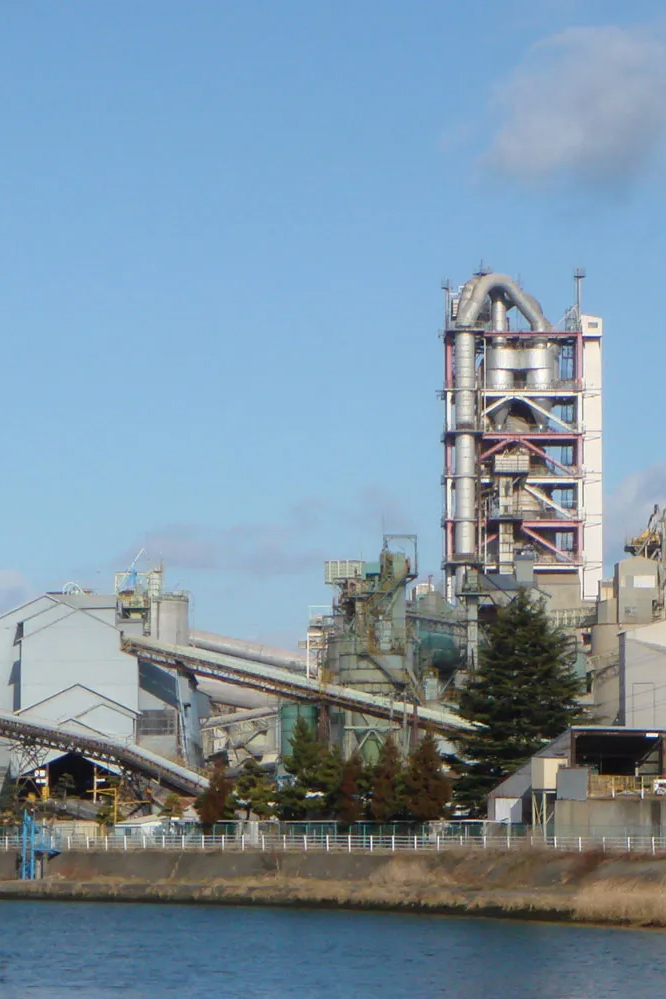Cement & Paper
In both cement and paper mills, industrial measuring instruments are vital for maintaining quality control, optimizing production, and ensuring operational efficiency. Below is a breakdown of the key instruments used in each industry, along with their functions.
1. Cement Mills:
Cement mills require precise control over raw material processing, grinding, and the final product. The following are commonly used instruments in cement mills:
a) Weigh Feeders
Function: Controls the amount of raw materials (like limestone, clay, and sand) fed into the mill by weighing them accurately in real-time.
Use: Ensures consistent product quality and reduces waste by controlling the feed rate.
b) Gas Analyzers
Function: Measures the composition of gases like CO2, O2, and NOx in exhaust gases.
Use: Helps optimize combustion processes and reduce emissions.
c) Vibration Analyzers
Function: Monitors vibrations in rotating equipment such as crushers and grinding mills.
Use: Detects machinery imbalances or mechanical faults early to prevent breakdowns and downtime.
d) Laser Particle Size Analyzers
Function: Measures the particle size distribution of ground cement powder.
Use: Ensures the fineness of the final product for quality control and regulatory compliance.
e) Flow Meters
Function: Monitors the flow rate of liquids and gases, such as water or air, used in the process.
Use: Maintains optimal flow rates for cooling systems or combustion, improving energy efficiency.
f) Infrared Thermometers
Function: Non-contact measurement of kiln and cooler surface temperatures.
Use: Ensures optimal firing conditions and prevents kiln overheating.
g) Moisture Meters
Function: Measures the moisture content in raw materials or final products.
Use: Guarantees proper curing of the cement and improves the quality of the end product.
2. Paper Mills:
Paper mills require accurate measurement of various process parameters to ensure product quality and reduce production inefficiencies. The following instruments are essential in this industry:
a) Consistency Meters
Function: Measures the concentration of pulp fibers in water during the paper-making process.
Use: Maintains consistent paper quality by controlling pulp concentration.
b) Level Sensors
Function: Measures the levels of liquids like pulp slurry and chemicals in tanks.
Use: Prevents overflow or dry running, ensuring smooth operation of the paper production process.
c) Pressure Transmitters
Function: Measures pressure in steam systems, hydraulic lines, and processing tanks.
Use: Ensures safe and efficient operation of equipment like steam boilers and presses.
d) Tension Meters
Function: Measures tension in the paper as it moves through rollers.
Use: Prevents wrinkles, tears, or breaks, ensuring a smooth production process.
e) Thickness Gauges
Function: Measures the thickness of paper sheets during production.
Use: Ensures consistency in product specifications and reduces waste.
f) pH Sensors
Function: Measures the acidity or alkalinity of water and chemical solutions used in the pulping and bleaching processes.
Use: Helps maintain the correct chemical balance to produce high-quality paper and prevent damage to equipment.
g) Flow Meters
Function: Measures the flow of water, steam, and chemicals in various parts of the paper-making process.
Use: Optimizes resource usage and ensures environmental compliance.
h) Moisture Meters
Function: Measures the moisture content in paper sheets during drying.
Use: Ensures that the paper is neither too wet nor too dry, improving quality control and reducing energy consumption.
Conclusion:
Both cement and paper mills rely heavily on accurate and reliable measuring instruments to ensure quality, efficiency, and safety. These instruments allow manufacturers to monitor critical parameters, automate processes, reduce waste, and maintain compliance with regulatory standards. By leveraging the appropriate measurement tools, both industries can optimize production and enhance product consistency.














